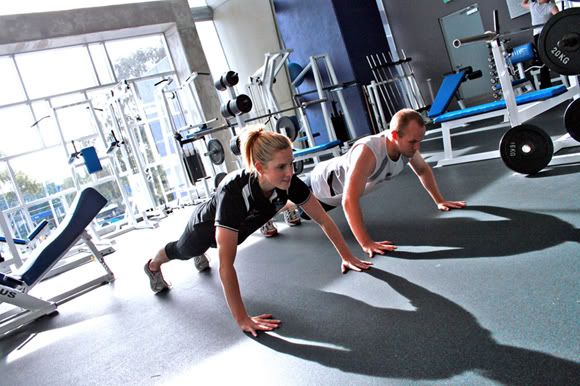Exercise intensity refers to the level of exertion. For instance, lifting a weight that results in muscular fatigue after just a few repetitions or “reps” of an exercise is pretty high with respect to intensity. So too would be an all-out running or cycling sprint where fatigue occurs in a minute or so. Basically, the higher the intensity, the shorter the possible duration of the exercise. To reach such a high level of intensity, exercise often includes resistance against an otherwise simple movement of a muscle group or related groups. Examples of resistance training include weight training or running on an incline (for example, running on hills or a graded treadmill) or cycling (for example, cycling uphill or an exercisebike with variable resistance). It is the level of the resistance that dictates the level of intensity. Higher intensity and muscular fatigue will be associated with muscle adaptations that will allow for greater strength and power. In this case, muscles can enlarge or “hypertrophy.”

